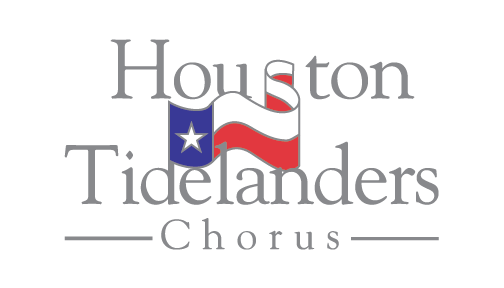The tidelanders
How is Barbershop Different from Choir
The Houston Tidelanders is not a choir. How is barbershop different from choir? We will discuss the major differences between the two types of musical styles.
What are The Houston Tidelanders
We are an all male, 4 part (Tenor, Lead, Baritone, Bass) performing chorus. We actively perform at our own paid shows and routinely perform for the benefit of other non-profits in the Houston area. We are harmony group singers specializing in the barbershop style of music. We perform many genres of music including love songs, love songs, love songs, show tunes, country, pop, religious, and holiday. Our music is sometimes arranged by one of the performers in the Houston Tidelanders.
What is a Choir
A choir is a group of singers. It is typically a larger group and focuses on singing as an ensemble rather than providing an opportunity for solo singing. The singers in the choir have multiple people singing each voice part. The are all boy/men choirs, all girl/women choirs, and mixed choirs. A mixed choir is exactly what it sounds like – a choir of both men and women or boys and girls.
How exactly is Barbershop Different from Choir
We will discuss the differences between the two. The major differences include voice or vocal parts, musical style, arrangements, and song choices.
Choir Vocal Parts
A choir sings vocal parts that are very different from barbershop singers. In a typical choir, the main four voice parts are soprano, alto, tenor, and bass. In either an all-boy choir, the highest parts are sung by pre-pubescent boys.
High Voices: Soprano (C4 – A5) and Tenor(C3 – A4)
Low Voices: Alto (G3 – E5) and Bass (F2 – E4)
Barbershop Vocal Parts
Barbershop is comprised of just four vocal parts:
High Voices: Tenor(C3 – A4)
Medium Voices: Lead (A – C4) and Baritone (A2 – F4)
Low Voices: Bass (F2 – E4)
Differences in Voice Parts
As you can see, one major difference is that the vocal parts have very different ranges. You’ll notice that Choir is broken out primarily into high and low voice parts. Contrarily, Barbershop music has high, medium, and low ranged voice parts.
All Vocal Parts
The entire range of vocal parts available to either Choir singers or Barbershop singers includes the following. As mentioned above, Choir singers and Barbershop singers typically fit into very well-defined vocal parts with their respective pitch or note ranges.
High Voices: Soprano (C4 – A5) and Tenor(C3 – A4)
Medium Voices: Mezzo-Soprano (A3 – F#5) and Baritone (A2 – F4)
Low Voices: Contralto (F3 – D5), Alto (G3 – E5), and Bass (F2 – E4)
Musical Style
Choir uses many techniques in music including time signatures, crescendos/decrescendos, fermata, and other devices in music theory to allow for the director’s interpretation of the piece. Pitch is important in Choir but the point isn’t close harmony or to ring chords.
Barbershop’s main feature is close harmony singing of the four parts (tenor, lead, baritone, bass). The singers sing as much in the center (on) pitch as possible and try to match the pitch with each other as applicable. Harmony singing results in ringing chords and overtones. Other musical devices of this music genre include echoes, slides, and the use of different tempos and time signatures.
Arrangements
Sheet music used in either Choir or Barbershop singing will be arranged in a specific way. In other words with the specific musical devices and elements that support the individual musical style. The arrangements will emphasize and support the differences between the two styles of music.
Song Choices
Choir Directors will focus exclusively on the religious genre of songs. They may select from spirituals, hymns, or christian rock. Barbershop Directors have a very wide range of genres to choose from when making music selections. Barbershop music can range from comedy, spirituals, rock, pop, broadway hits, jazz, holiday music, and more!
